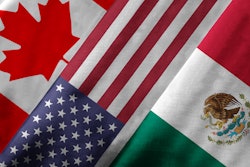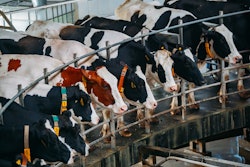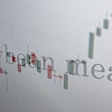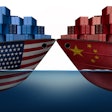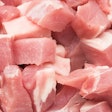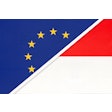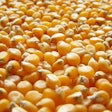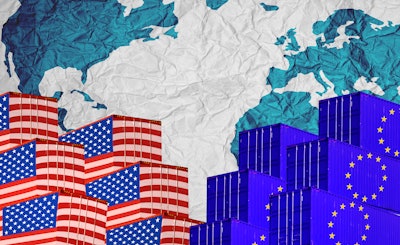
Tariffs and retaliatory measures could have negative effects on feed security and the competitiveness of the EU livestock sector, according to the European Feed Manufacturers’ Association (FEFAC).
In a statement, FEFAC President Pedro Cordero expressed deep concern with U.S. tariffs against EU steel and aluminum products and the EU’s counter measures covering a wide range of U.S. agricultural products, including feed grain and other feed products.
"The U.S. and EU feed sector organizations have invested for many decades in long-term strategic partnerships contributing effectively to global feed and food security and resilient feed and livestock production systems at regional level,” Cordero said. “The proposed new tariffs could undermine these joint efforts and may lead to the disruption of vital feed supply chains, as the EU will continue to rely on essential feed imports in particular for protein rich feed products like soybeans, but also for maize and other feed grains and essential feed additives (e.g. lysine) where the EU faces a structural deficit."
Cordero urged U.S. and EU leaders to “enter urgently into direct negotiations seeking to remove these tariffs, which will adversely affect resilience and competitiveness of EU livestock production systems.”
He recommended alternative targeted trade agreements that would boost transatlantic trade for ag products.
Rabobank analysis
In a recent report, Rabobank said the potential imposition of 25% U.S. tariffs on EU exports threatens to disrupt food and agriculture trade flows significantly. With the EU having a substantial trade surplus with the U.S., these tariffs could impact multiple food and agricultural sectors, particularly agricultural machinery and processed consumer foods.
The EU is largely self-sufficient in agricultural products, exporting relatively small surpluses globally, with a significant portion destined for the U.S. However, the EU relies heavily on imports for soy and soy products, primarily sourced from the U.S. and Brazil. The EU enjoys a substantial trade surplus with the U.S. in food and agriculture, exporting EUR38 billion (US$39.57 billion) worth of products in 2024, compared with EUR14 billion in imports from the U.S. This surplus is driven by the export of high-value products like essential oils, wine, olive oil and dairy, while the U.S. exports lower-value commodities.
“From the EU’s point of view, the U.S. is a major trade partner, mainly serving as an important export market rather than a supplier. From the U.S. perspective, the EU is more significant as a supplier than as an export destination. The U.S. market is more crucial to EU food and agriculture companies than the EU market is to U.S. companies,” said Barend Bekamp, senior specialist, food and agriculture for RaboResearch.




